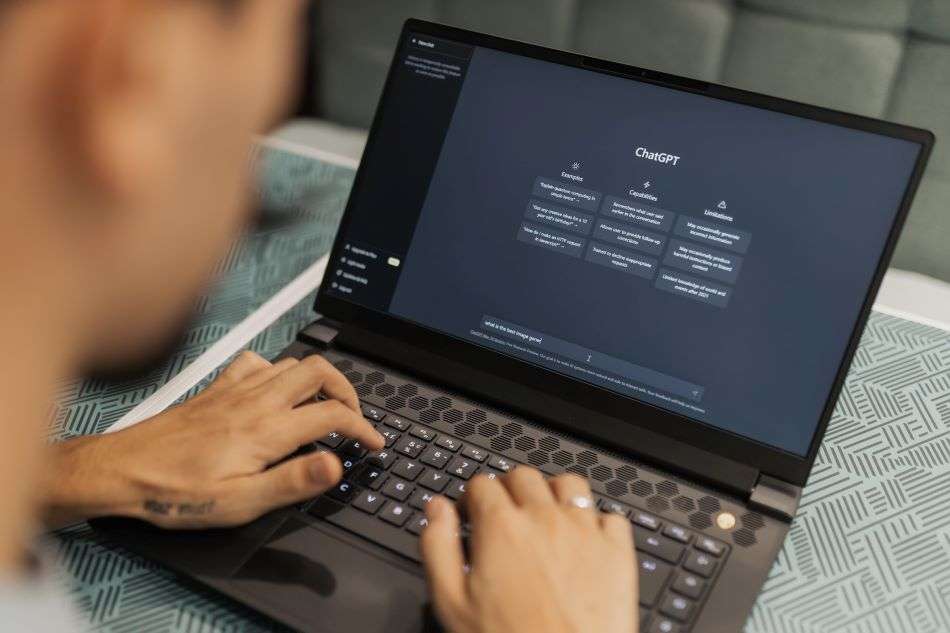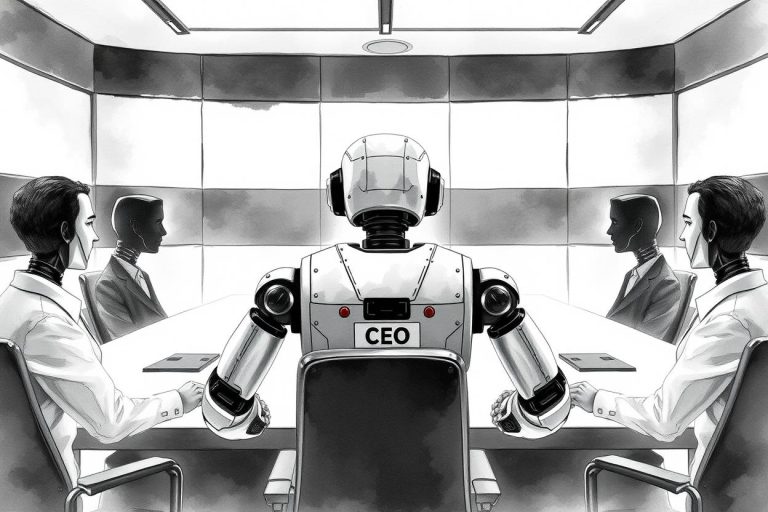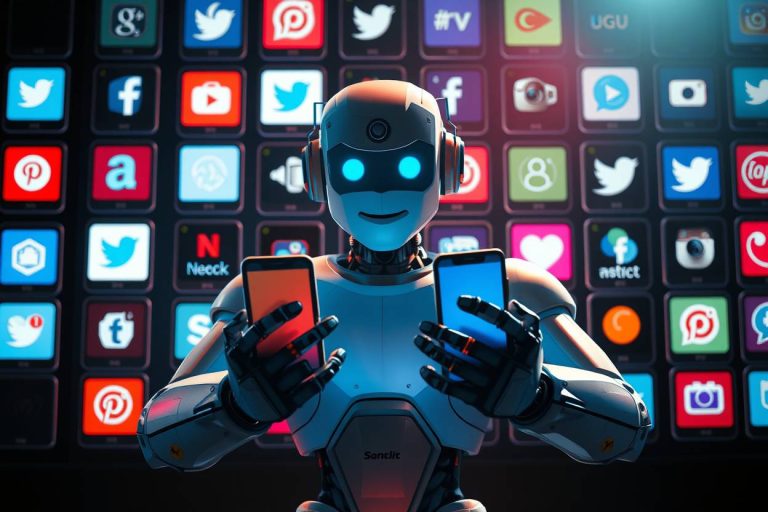Custom GPT: Navigating the New Frontier of Business Innovation

The Advent of Custom GPT: A Game Changer in AI Technology
In an era where technology continually reshapes our world, the November introduction of Custom Generative Pre-trained Transformers (GPT) by OpenAI marks a significant milestone. This groundbreaking development in AI is not just a leap forward; it’s a paradigm shift, offering unprecedented personalization in AI applications. Custom GPT is more than a technological innovation; it’s a tool that empowers users across various sectors to tailor AI to their specific needs and preferences. From entrepreneurs to educators, the potential applications are as diverse as they are transformative.
Key Takeaways
- Custom GPT by OpenAI introduces personal AI customization, shifting how industries leverage technology.
- With GPT-4 Turbo, Custom GPT offers enhanced, personalized AI applications, accessible to broader audiences.
- Users can now easily create specialized AI agents without technical expertise, thanks to advanced GPT builders.
- Custom GPT enables precise data analysis and insight generation for tailored industry solutions, enhancing decision-making.
- The process to create a Custom GPT is streamlined for users with ChatGPT PLUS accounts, promoting innovation and creativity.
- Custom GPT’s capabilities promise to revolutionize sectors like retail, legal services, agriculture, and art conservation through personalization and efficiency.
Understanding Custom GPT and Its Capabilities
Custom GPT differs from standard AI models in its exceptional ability to adapt and learn from a wide array of data inputs. This level of customization allows for applications that were previously unimaginable in sectors such as healthcare, agriculture, and more. It can process and analyze large datasets, providing insights and solutions tailored to the unique challenges and opportunities of each industry.
Moreover, this new functionality is powered by the top range LLMs of OpenAI – GPT4 Turbo model, with enhanced capabilities compared to GPT4.
Introducing GPT-4 Turbo: A New Chapter in Artificial Intelligence capabilities
The release of GPT-4 Turbo by OpenAI heralds a new era in AI capabilities, with enhancements like extended context length and integration with cutting-edge tools. This iteration signifies a move towards more personalized and powerful AI applications accessible to a wider audience.
The Evolution of GPTs
GPT technology has evolved from simple plugins to a comprehensive GPT builder that allows users to create highly specialized AI agents. This advancement is a significant stride towards realizing the vision of AI assistants capable of undertaking complex real-world tasks.
Key Features of Custom GPT for Varied Industries
- Customization and Flexibility: Whether it’s healthcare data or agricultural patterns, GPTs can be tailored to understand and analyze industry-specific challenges.
- Training GPT on your own data: Input your company proprietary financials, business model info or communication strategy and get insights on your specific case.
- Data Analysis and Insights: Offering actionable insights, GPT can transform data into strategic decisions, driving innovation and efficiency.
- Customized instructions: You can prompt your GPTs to follow the provided instructions that are catered to your specific needs. Be it for your own organization or for a new business start up that you are aiming to monetize
- Program your GPTs with simple instructions: Ask your GPT to perform certain tasks without need of complex lines of code or any programming skills. Give instructions to your GPT as you would give to a human.
Creating Your Own Custom GPT: A User’s Guide

Designing a fine tuned GPT is now more user-friendly, even for non-technical individuals. Here’s a step-by-step guide:
- Access GPT Builder: Log into your ChatGPT PLUS account and select the option to create a new GPT.
- Setup Basics: Use the GPT builder’s conversational interface to define your chatbot’s characteristics.
- Customize and Configure: Upload relevant documents and add capabilities like web browsing or image generation.
- Publish and Share: Save and share your creation, with the possibility of monetizing it through OpenAI’s marketplace (coming soon).
Reader Tips for Maximizing your GPT Use
- Define Clear Objectives: Before customizing your GPT, identify specific goals you want to achieve with the AI.
- Invest in Quality Data: The effectiveness of your Custom GPT depends heavily on the quality of the data it learns from.
- Embrace Continuous Learning: Stay updated on the latest in AI to leverage new features and capabilities.
Expanding Horizons: Custom GPT in Niche Markets
Custom GPT’s potential goes beyond the mainstream industries, tapping into niche markets where its impact can be even more significant.
Disrupting Traditional Business Models
The introduction of Custom GPT is set to disrupt traditional business models across various sectors. In retail, for example, it promises to merge online and offline experiences, offering hyper-personalized shopping. In the legal field, it could automate and personalize legal services, challenging traditional consultancy models.
Revolutionizing Agriculture with AI
In agriculture, you can analyze data such as soil health and weather patterns, providing farmers with precise farming advice and predictive insights for market trends. This could lead to more sustainable practices and better crop yields.
Transforming Art Conservation
In art conservation, GPTs can predict degradation patterns and offer customized restoration techniques, blending historical data with modern methods.
Reshaping Urban Planning
In urban development, Custom GPT’s analysis of demographic and traffic data can assist in creating sustainable and efficient city plans, enhancing public services based on real-time citizen feedback.
Personalization Powerhouse: Branding and copywriting
Custom GPTs allow to influence the AI’s personality, knowledge base, and writing style. Popular applications include crafting a chatbot that mirrors your brand voice for engaging customer interactions, imbuing it with specialized expertise in a niche topic for in-depth discussions, or ensuring it always responds with a specific tone (e.g., consistently humorous vs. highly formal). Essentially, if you find yourself wishing you could personalize ChatGPT beyond its standard capabilities, Custom GPT is your solution.
Shift in wealth creation – Custom GPTs has opened the doors to opportunity
Custom GPT represents a significant leap in AI technology, heralding a new era of personalization and innovation. Its applications span diverse industries, offering tailored solutions that were once the domain of science fiction. As we navigate this exciting new landscape, the possibilities are as limitless as our imagination. They are not just a technological advancement; it’s a tool that redefines the boundaries of what AI can achieve, opening doors to unprecedented opportunities for growth and innovation.




